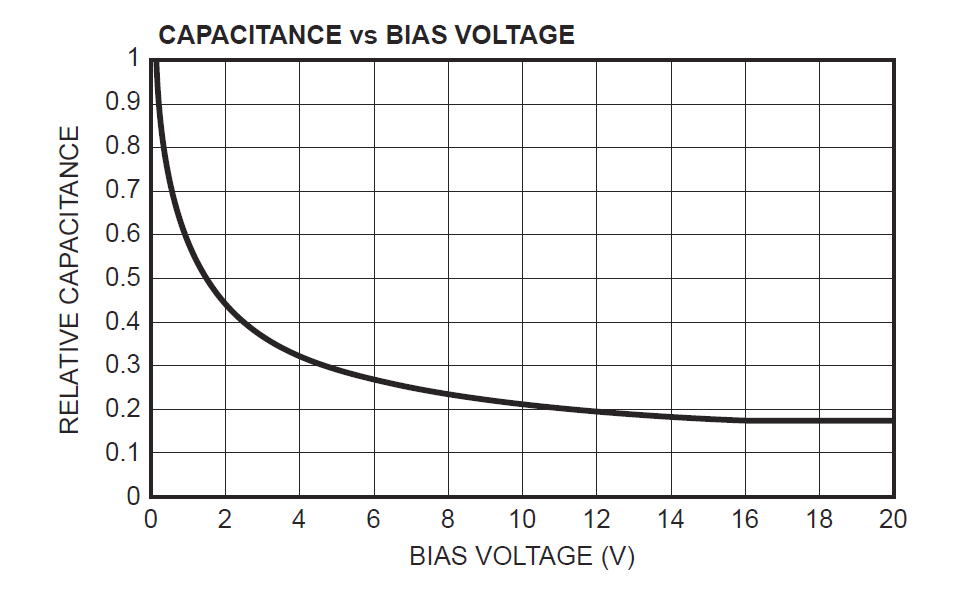Given the current limits of the ICs involved, it is worth taking another look at the possibility of doing without them. This was discussed previously with this very simple topology:

Here the reverse bias on the diode is a function of the current. Let the reverse bias be Vbias. If the diode would become forward biased at the max laser intensity we expect then at 1/10 the light intensity the reverse bias would be 9/10 of Vbias.
Why does the reverse bias matter? Because in a pin photodiode the electric field helps get electrons and holes out of the device. If there is a lifetime for the carriers in the diode then they will relax back to equilibrium (i.e. lost to us) with a characteristic time, that is:
The time spent in the junction if dominated by field assisted transport is directly proportional to the voltage if the field drops only over the intrinsic region of the semiconductor/diode.
The validity of this assumption can be seen by if the capacitance of the diode is changing as a function of bias.

For the diode we have selected for a large reverse bias this is pretty much true but for a reverse bias between 0 and 5 V it certainly is not true.
However for the moment we shall assume that it is true. Further we will make another assumption that we loose exactly 1/e of he carriers at 1 V reverse bias, and that at this bias we are already field transport dominated.
This is quite a lot of assumptions but not totally unreasonable. In a pin diode the i region is fairly thick and does most of the absorbing. So diffusion based transport is less important. Because the i region is thick and low doped most of the field does fall across it. We know the pin photodiode gets most of the carriers out because it would be a terrible detector if it did not and we know it is possible to do experimentally.
So with all of these assumptions, what happens if we double the voltage, well then we cut the time in half. We do about 23% better. This would be a significant difference.
If on the other hand at 1 V the transit time is 1/3 of the lifetime then we have about 95% of the carriers collected and 2 V would make it 99.8%.
So does the bias changing on the diode matter? It could be huge error or a tiny one. The good news is that it can be measured, the bad news is that it is a function of how much light you put in too as that moves the quasi-fermi levels around. Even if the external voltage of the device is carefully fixed the field distribution inside the diode will still change some with the injection level.
Given the issues with sinking currents this topology might be worth revisiting for its simplicity.
Discussions
Become a Hackaday.io Member
Create an account to leave a comment. Already have an account? Log In.